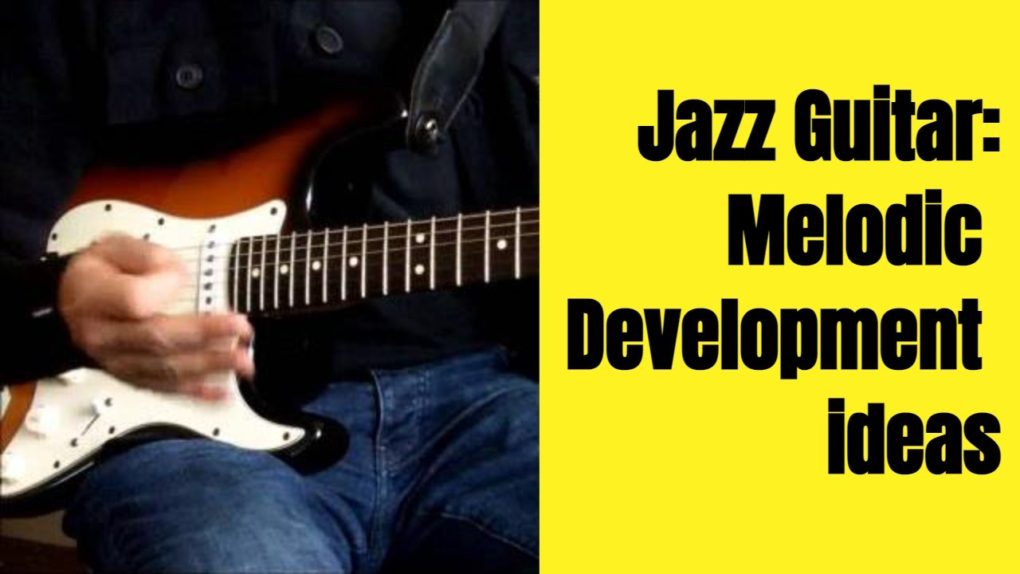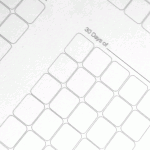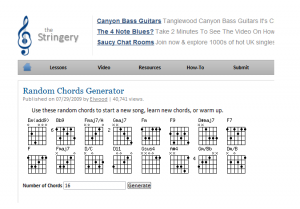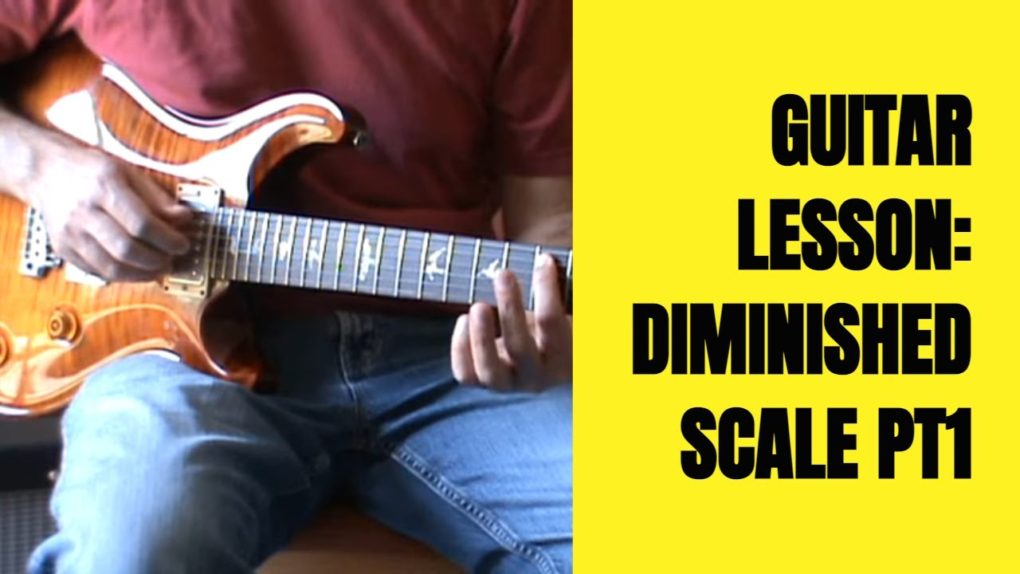In this video I quickly explain how to take a basic idea and try to develop it to make your solos more interesting and memorable. Remember to leave lots of space!!
Recommended reading:

In this video I quickly explain how to take a basic idea and try to develop it to make your solos more interesting and memorable. Remember to leave lots of space!!
Recommended reading:
 This is something I have known for years, but I have just started implementing with great results. It works wonders if you are having a hard time making a start on things and you are, like myself, a procrastinator. After all we are creatures of habit and all we have to do is allow the time for a new habit to be formed, until it becomes part of our routine.
This is something I have known for years, but I have just started implementing with great results. It works wonders if you are having a hard time making a start on things and you are, like myself, a procrastinator. After all we are creatures of habit and all we have to do is allow the time for a new habit to be formed, until it becomes part of our routine.
It takes 21 consecutive days to form a habit, and about 30 to make it become part of your routine. Start with something generic, like ‘I will practice for the next 30 days every day’, to go to something more detailed like: ‘ I will practice every day for and hour the next 30 days’, or ‘I will practice transposing one tune a day for the next 30 days’ or ‘I will practice to learn major scales for one hour for the next 30 days’.
Just do it, do not be to harsh about it, and you’ll see great results. Make sure you stick to it, don’t give yourself a choice! This is great also to remove negative habits, like ‘I will not judge my playing negatively for the next 30 days’ or ‘I will not ‘noodle’ for the next 30 days’ or ‘I will stretch and correct my posture before I play for the next 30 days’
Watch this great video from Ted.com, you can apply this concept to everyday life.
All you have to do is to make a 30 day calendar to to keep track of your progress, and tick a box once you have achieved the result. I use this great little template from this page (the article is definitely worth a read):
http://andrewdubber.com/2010/03/30-days-of-ideas-05/
I like to print a few an a A4 page and mark the starting date on each 30 day calendar. Most times, I find myself continuing with the new habit after the 30 days without having to keep track.
Good Luck!
It’s not a secret that one of my all time favourite guitar instructional books is The Advancing Guitarist by Mick Goodrich. One the exercises explained in this great book is about creating a random sequence of chords by writing every type of chord (major, minor, all the 7th chords and, if you feel more adventurous, chords with extensions and alterations) on small pieces of paper and extracting them at random. This will not only improve your sight reading in terms of chords and chord progressions, but, if you record these sequences to create a backing track, it will greatly improve your improvisation skills.
This is where http://www.thestringery.com/featured/random-chords-generator/ comes into play.

On this site you can easily generate random sequences to improve your chord recognition knowledge and improvisational skill. The default number of chords is 16 but you can easily change that number. I advice to play along to a drum beat or a metronome, so that you are more focused, starting with a chord per bar.
Also you could leave the recording backing track for a few days, so you completely forget what you recorded, and use it to practice your aural recognition skills (ear training). Try and see if you can recognise a major chord from a minor, or what extensions are contained in a chord.
I am also sure you will find some ‘snippets’ that will inspire you…maybe the beginning of your next masterpiece.

In this guitar lesson I am going over a scale that is widely used in the jazz and fusion circles and creates quite a distinctive sound. Actually…it is not a single scale, but two. The two scales are very similar and in my opinion this is something that can create some confusion.
These two diminished scales are built by alternating whole steps and half steps. The interval that starts the scale determines its name.
The Whole step/ Half-step alternates whole steps and half steps starting from a Whole Step
Example: C whole step/half step: C, D, D#, F, F#, G#, A, B
The Half-step/Whole step alternates whole steps and half steps starting from a Half Step
Example: C half step/whole step: C, Db, Eb, E, F#, G, A, Bb
The most common usage of these scales:
whole step/half step works on diminished chords g C whole/half on Cdim7 )
half step/whole step works on Dominant 7th altered chords (eg C half/whole on C7#9 )
To get some example phrases listen and transcribe great players like Michael Breker, Mike Stern, Scott Henderson, John Scofield among others.
For the ‘positions box shapes’ for guitar download the free ‘The Guitar kit’ in the freebies page
There are when times you can get bored of playing just the pentatonic on a blues, or maybe you’ve heard more contemporary blues players like Robben Ford, or blues influenced jazz guys like John Scofield and Scott Henderson. Well, here I come to help you out with a couple of tips: first I go over the ‘blues scale’, still quite a basic concept. Just add the b5 to a minor pentatonic and there you go, you have the ‘blues scale’.
A much more interesting thing happens when you start mixing up the H-W Diminished scale with a minor or major pentatonic scale. This will give you a few nice tensions:
Half step – Whole step Diminished scale in C:
C Db Eb Fb Gb G A Bb
T b2 b3 3 b5 5 13 b7
C minor pentatonic:
C Eb F G Bb
T b3 4 5 b7
C major Pentatonic:
C D E G A
T 2 3 5 6
Well, mix and match tastefully and you’ll get some new flavors, guaranteed. Listen to some of the examples I play in the video. Good luck!